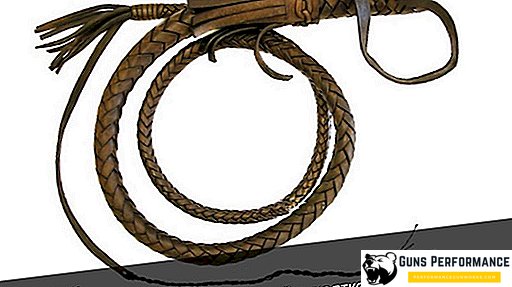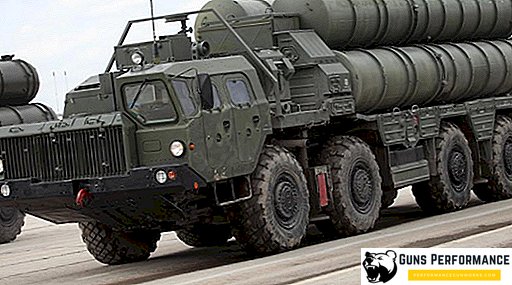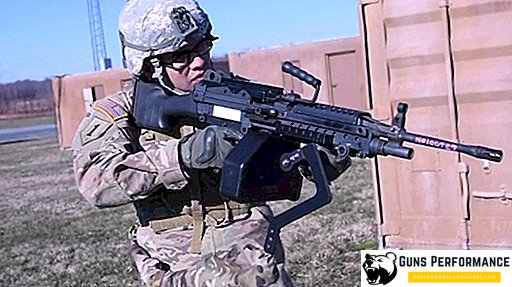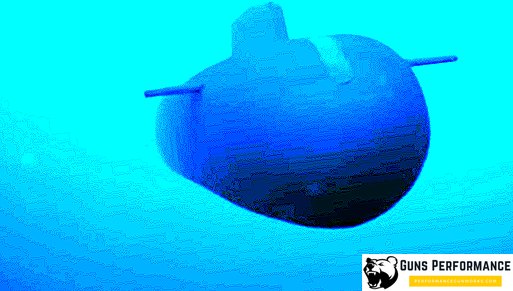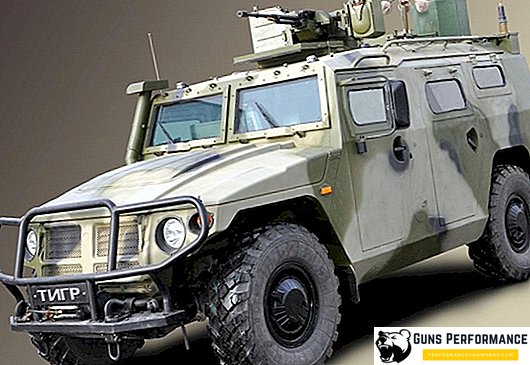Infantryman mobility is one of the most important components in modern warfare. How quickly a soldier can get to the desired area of the theater of operations, in many respects determines the result of the entire operation. After all, the art of war is the ability to concentrate one's forces in a certain place. The infantry firepower is also important. In many ways, these functions in a modern conflict are performed by an infantry fighting vehicle. Today, this armored vehicle is one of the most important types of armored vehicles.
At the moment, the main infantry fighting vehicle, which is in service with the Russian army, is the BMP-2, which, in fact, is a deep modernization of the BMP-1 - the first machine of this class in the world.

Technical characteristics of the BMP-2 sample 1980
- Years of production - 1980-1990.
- Total manufactured - about 15,000 pcs. all modifications.
- Combat use - military conflicts of the second half of the XX century, the war in Afghanistan.
- Crew - 3 people, landing - 7 people.
- Combat weight - 14 tons.
- Length - 6.74 m, width - 3.15 m, height - 2.1 m, ground clearance - 420 mm.
- Armament: 30 mm cannon (ammunition - 500 shells); four ATGM "Fagot" / "Competition"; MANPADS "Strela-3" / grenade launcher RMG-7. 7.62-mm machine gun (ammunition - 2000 rounds).
- Armor thickness - 6-26 mm.
- Diesel engine, power - 300 hp
- Maximum speed on the highway - 65 km / h, afloat - 7 km / h.
- Cruising on the highway - 600 km.
- Overcoming obstacles: a wall - 0.7 m, a ditch - 2.5 m.
The history of the creation of the BMP-2
The first attempts to make an armored vehicle that would transport infantry after the tanks were made at the end of the First World War. At that time, automobile technology was imperfect and slow-moving, so this idea was temporarily abandoned. She again became interested in the military before the beginning of the Second World War. It was clear to everyone that the coming conflict would be a war of mechanized formations that require the mandatory support of infantry.
Developments of such machines were carried out in Germany and in the USSR. The Germans created a semi-tracked open armored personnel carrier, which delivered infantry to the battlefield and could provide it with fire support. Nevertheless, the most active work on the infantry fighting vehicle began after the Second World War, beginning in the mid-50s.
The tactics of the time assumed the active use of nuclear weapons in combat operations. The military needed a machine that could protect the crew and infantry from the damaging factors of a nuclear explosion.

In 1966, the BMP-1 was adopted by the Soviet army - the first car of this class in the world. The BMP-1 turned out to be mobile and maneuverable, the armor reliably protected the crew from fragments and small arms. The crew was protected from the effects of weapons of mass destruction. This car had excellent technical characteristics; a very successful diesel engine was installed on it.
The car was armed with a 73-mm Thunder, 73 mm smooth-bore cannon, a machine gun and Malyutka anti-tank missiles.
The main problem of the car was the lack of its security. Subcaliber shells, adopted by the NATO countries, pierced the front armor of the BMP-1 from a distance of 1000 meters. The Bushmaster cannon, which was installed on the main American BMP Bradley, could hit the BMP-1 from a distance of 2,000 meters. The onboard armor of the car made its way even with bullets of 12.7 millimeters.
The BMP-1 armament also raised many questions. The smooth-bore “Thunder” cannon was created on the basis of the SPG-9 grenade launcher and wore a pronounced anti-tank character. It caused criticism: low firing range, low accuracy and small angles of vertical guidance. In the initial period of operation, the BMP-1 ammunition consisted of only shells with a cumulative warhead, fragmentation ammunition was added later. The BMP-1 had only a machine gun to support the infantry fire, which was clearly not enough.
During the creation of the BMP-1 in the USSR there was simply no small-caliber rapid-fire gun that could be installed on this machine. Automatic 30-mm cannon, which could be used on this machine, appeared only in the mid-70s. In 1974, work began on the modernization of the machine at the Kurgan plant, which produced the BMP-1.
The military, without much enthusiasm, looked at a possible reduction in the caliber of the gun. Tests were conducted during which a 30-mm gun fired at a tank. She could not pierce the armor, but the tank lost its combat capability: the tower was jammed, all the attachments were destroyed, and the external fuel tanks caught fire.
Decided to make a new car, armed with which will be a new weapon. In 1980, a new infantry fighting vehicle, the BMP-2, was put into service. Initially, the volume of its production was to be 10% of the output of the BMP-1. But soon the war began in Afghanistan, which decided the fate of this armored vehicle. Even before the official adoption of the BMP-2 into service, several dozen of these vehicles were sent to Afghanistan.

The BMP-2 automatic cannon, which has large elevation angles, was perfectly suited for the conditions of that war. She could conduct an effective fire on the enemy, who occupied positions on the dominant heights. Almost immediately, in the army workshops, additional screens began to be installed on the machine in order to increase its protection against heavy small arms. A little later, this work began to perform at the factory. So there was a modification of the car - the BMP-2D. The greatest losses of the BMP-2 in Afghanistan were carried by hand-held anti-tank grenade launchers.
Later, the BMP-2 took part in many other conflicts: in Iraq, in the North Caucasus, in Karabakh. The car almost always showed its high performance, reliability and ease of operation. Numerous modifications were created on its base, which are usually distinguished by a weapon system and additional armor. BMP-2 today is used in many armies of the world.
Device
The BMP-2 is, in fact, a deeply modernized BMP-1. Both of these combat vehicles are 80% identical. The BMP-2 has the same layout as its predecessor. The engine and power compartment are in front, the control compartment is also located there, and the combat compartment is located in the very center of the vehicle. Behind there is an airborne compartment that can hold six paratroopers. The entire aft part of the machine is occupied by doors intended for the landing of infantrymen.
Machine armor rolled, welded. The armor protects the crew and paratroopers from splinters, small arms and weapons of mass destruction. In the landing compartment made special embrasures, equipped with ball mounts that allow you to fire from personal weapons. The landing compartment is divided into two parts by a fuel tank.
The main difference between the BMP-2 and the BMP-1 is the weapon system. The new machine is equipped with an automatic 30mm 2A42 gun with 500 rounds of ammunition. Thanks to this gun, which has a high angle of elevation, the BMP-2 can fire at low-flying aerial targets. Rate of fire 2A42 - up to 550 rounds per minute. On the BMP-2, a machine gun was also installed, and for the destruction of armored vehicles on the machine can be used ATGM "Fagot" or "Cornet".
To install the new weapons on the BMP-2 was equipped with a new, more spacious tower. The gun is stabilized in two planes, such a device allows it to fire on the move. The tower is equipped with a place for the gunner and the commander of the machine. Thanks to new, more sophisticated sighting devices and observation devices, now both the vehicle commander and the gunner can fire.

Compared with the previous machine, the number of paratroopers and their placement has changed. In the landing compartment can be six soldiers, another place for the infantryman is available for the driver-mechanic.
The BMP-2 is equipped with a more advanced engine, with a turbocharging system. The device of the chassis and transmission remained the same. A more advanced smoke screen installation system has been added, which consists of thermal smoke equipment and six Tucha grenade launchers. The machine is equipped with a fire extinguishing system.
Installing a larger tower increased the mass of the machine, however, the BMP-2, like the BMP-1, can float. The speed of movement on the water is 7 km / h, the movement is due to the rewinding of the tracks.


